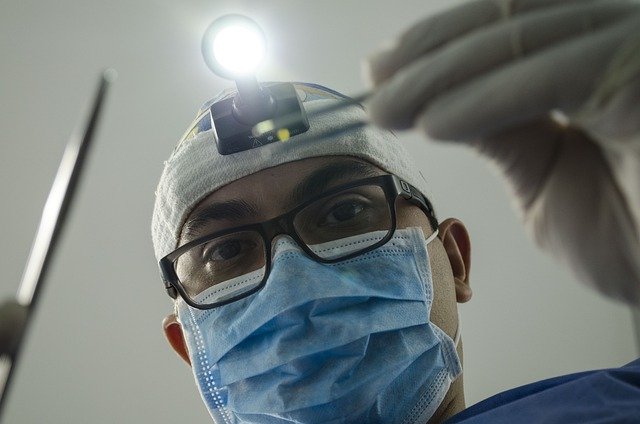Bad Eyesight Treatment: Options and What to Expect
Poor eyesight can develop gradually or suddenly and may come from refractive errors, age-related changes, injury, infection, or underlying health conditions. Treatment begins with a comprehensive eye exam to determine the cause and appropriate management. Options range from simple corrective lenses such as glasses or contact lenses to medical therapies, vision rehabilitation, or surgical procedures. Many people also benefit from lifestyle changes, workplace adjustments, and regular monitoring with an optometrist or ophthalmologist to preserve vision and address progressive conditions.

This article is for informational purposes only and should not be considered medical advice. Please consult a qualified healthcare professional for personalized guidance and treatment.
How does an eye exam assess vision?
An eye exam evaluates visual acuity and the health of ocular structures to pinpoint the cause of poor vision. Standard components include testing distance and near acuity, a refraction test to measure refractive error, and assessments of eye alignment and pupil response. Examiners may use slit-lamp biomicroscopy to inspect the front of the eye, ophthalmoscopy to view the retina, and intraocular pressure checks to screen for glaucoma. Results guide whether corrective lenses, medical treatment, or specialist referral is needed and help set an appropriate follow-up schedule.
What treatments can an optometrist recommend?
An optometrist can prescribe corrective lenses, manage many common eye conditions, and coordinate ongoing care. Typical recommendations include glasses or contact lenses for refractive errors, topical medications for dry eye or infections, and allergy treatments. Some optometrists offer vision therapy for binocular vision problems and low-vision services for people with permanent impairments. When advanced medical or surgical care is required—such as cataract removal or retinal treatment—the optometrist typically refers the patient to an ophthalmologist for co-management.
When are glasses used to correct vision?
Glasses are the most common, noninvasive treatment for refractive errors like myopia (nearsightedness), hyperopia (farsightedness), astigmatism, and presbyopia. Lens prescriptions are tailored to correct how the eye focuses light on the retina; options include single-vision lenses, bifocals, multifocals, and progressive lenses. Glasses can also incorporate coatings for UV protection, anti-reflective surfaces, or blue-light filtering. Regular exams ensure prescriptions remain accurate; changes in vision, comfort issues, or new symptoms should prompt a repeat eye exam.
Medical and surgical eye treatment options
When vision problems stem from disease or structural issues, medical or surgical interventions may be indicated. Medical treatments include topical or systemic medications for infections, inflammation, glaucoma, and retinal conditions. Surgical options range from cataract extraction to corneal procedures and refractive surgeries such as LASIK or PRK for eligible patients. Retinal therapies include laser treatment and intravitreal injections for certain macular problems. Each approach carries benefits and risks; decisions should be made in consultation with an eye care specialist based on diagnostic findings.
Finding local services and follow-up after exam
After an eye exam, patients often receive treatment plans that include follow-up with an optometrist, referral to an ophthalmologist, or access to local services such as low-vision rehabilitation or community clinics. When choosing care in your area, consider licensed optometrists for routine exams and prescriptions, and seek ophthalmologists for surgical or complex medical care. Verify office credentials, the scope of services offered, and whether follow-up monitoring is included. Keeping a record of prescriptions and test results helps coordinate care across providers and supports timely interventions if vision changes.
In summary, treating poor eyesight begins with a thorough exam to identify causes and guide appropriate care. Simple corrective measures like glasses or contact lenses address most refractive problems, while medical or surgical treatments target disease-driven vision loss. Regular monitoring with qualified eye care professionals and use of local services when needed help maintain eye health and adapt treatment plans as vision changes.






